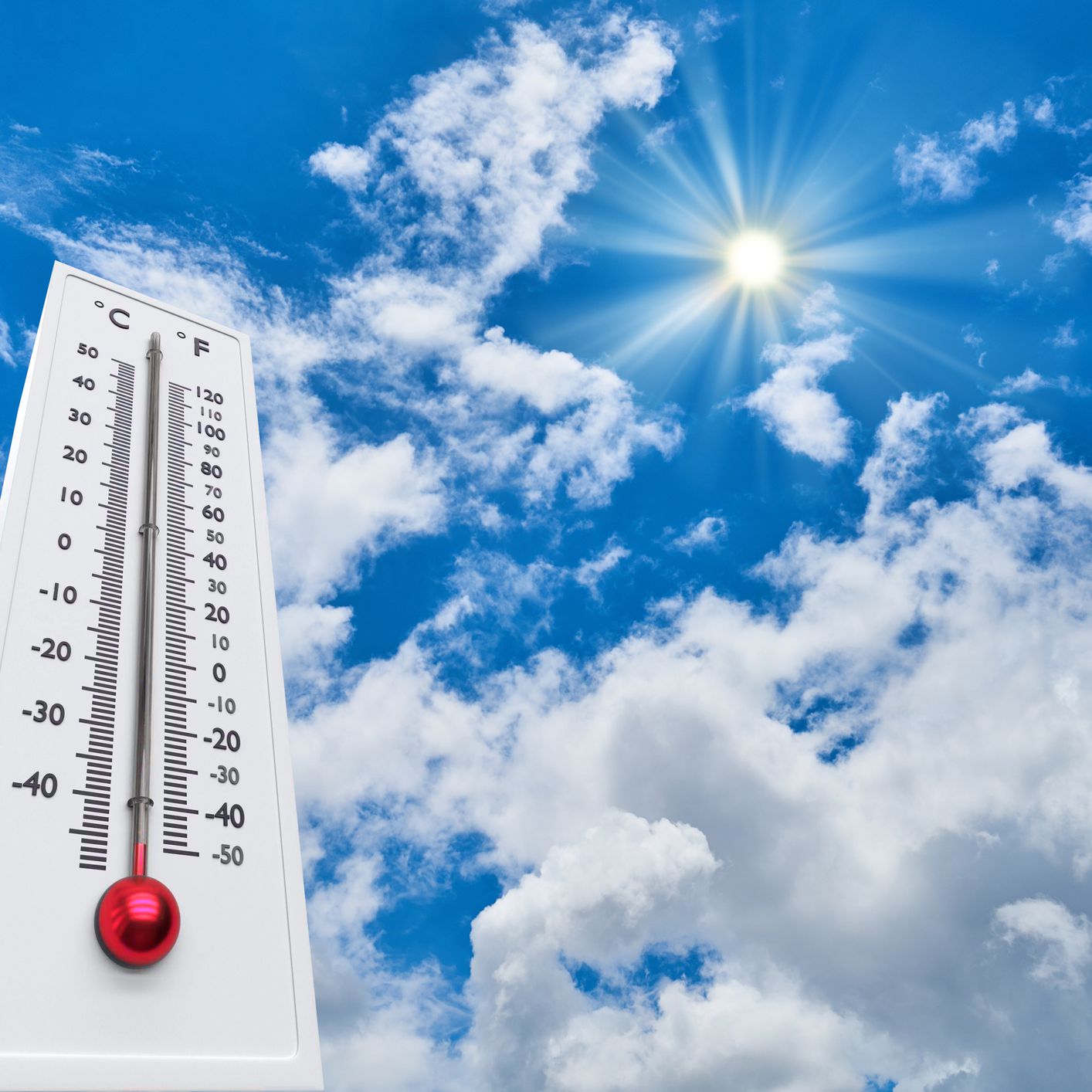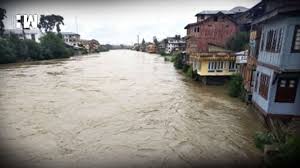-
Kashmir may face a severe heatwave during next 3 – 4 days
-
Heatwave Threatens Kashmir’s Aquatic Ecosystem
Srinagar 25 July: With the record breaking temperatures at multiple places across Kashmir, there is a forecast of severe heat wave in some parts of the valley while some previous records may also get surpassed for the next four days
Srinagar, the summer capital of Jammu and Kashmir, has recorded the second highest maximum temperature in the month of July in the last one decade as the mercury continues to record an upward trend across the Union Territory.
Third time in the ongoing month, Srinagar has recorded a maximum temperature of 35.6 degree Celsius, which was 5.7 degree Celsius above the normal temperature. Interestingly, the maximum temperature in Srinagar and Jammu city was similar as both the places recorded a day temperature of 35.6 degree Celsius.
Qazigund, a gateway of Kashmir, has recorded the third all-time highest temperature today at 34.2 degree Celsius while the all-time highest temperature was recorded on July 11, 1988 at 34.5 degree Celsius. However, the second all-time highest was recorded this year on July 03 at 34.4 degree Celsius.
As per the details, the other parts of Kashmir also recorded a rise in the mercury with Pahalgam, a famous tourist destination recording a maximum temperature of 29.3 degree Celsius. Kupwara in north Kashmir has recorded a maximum temperature of 35.0 degree Celsius.
In Jammu’s Katra, a maximum temperature of 31.9 degree Celsius was recorded today while in Banihal, it settled at 31.4 degree Celsius. Moreover, there is a forecast of severe heat wave conditions in some parts of Kashmir for the next three to four days.
As per an Independent Weather Forecaster, Faizan Arif Keng, the weather models have further lowered the probability of rain in Kashmir region over the next 3-4 days, adding that the weather models have adjusted to forecasting only a severe heat wave in Kashmir region over the period.
He said it is possible that some temperature records may break during the next four days, adding that dry weather is expected to continue for the next four days. However, Director of Meteorological department (MeT), Dr Mukhtar Ahmad told KNO that there was no red alert as the mercury will settle around 35 to 36 degree Celsius. “There is no need to panic as a relief is expected after July 28 as there will be a drastic decline in the day temperature from July 28 onwards,” he said.
Meanwhile, A severe heatwave, accompanied by rising temperatures, is threatening the aquatic life in Kashmir’s lakes and streams, experts warned on Wednesday. They said the increasing temperatures are disrupting the delicate balance of the region’s aquatic ecosystems.
“Fish are highly sensitive to changes in water temperature; even slight increases can affect their metabolism, growth, and reproductive cycles,” experts said, adding that the heatwave is causing water levels to drop and oxygen levels to decrease, creating a hostile environment for fish and other aquatic species. They said if these conditions persist, we could see a decline in fish populations, which will have a ripple effect on the entire ecosystem.
The Kashmir Valley has experienced several mass fish mortality incidents in recent years. For instance, in August 2012, numerous fish died in Srinagar’s Nigeen Lake due to low oxygen levels and changes in water temperature. In October 2017, thousands of fish were found dead in the Jhelum River, again due to low oxygen levels. More recently, in July 2024, thousands of fish died in the Tsoont Koel stream near Barbar Shah, Srinagar, due to oxygen depletion and pollution.
According to the research titled “The Changing Water Quality of Lakes—A Case Study of Dal Lake, Kashmir Valley”, the rate of dissolved oxygen in the lake has fallen drastically over the last 40 years, while the presence of phosphates and nitrates has increased due to the discharge of untreated sewage, agricultural runoff, and sediments from surrounding catchments.
The study highlights that Dal Lake has suffered extreme water quality degradation over the past four decades due to anthropogenic pressures, with harmful substances like phosphates, nitrates, and chlorides increasing significantly.
Shabeena Jan, a researcher, speaking to KNO, said that fish, being ectothermic (cold-blooded) species, have body temperatures and metabolic rates directly influenced by their environment’s temperature. “As the water temperature rises, the metabolic rate of fish increases, leading to a higher demand for oxygen,” she said. “However, warm water holds less dissolved oxygen, creating a deadly combination for aquatic life.”
Shabeena said that pollution from agricultural pesticides and industrial waste increases the biological oxygen demand, further decreasing oxygen concentration in water bodies. “During high heatwaves, the convection process is weak, resulting in anoxic conditions in water bodies and leading to the death of fish and other aquatic life,” she added.
Dr Mehraj Bashir, a well-known ichthyologist and Assistant Professor of the Zoology Department at SP College, Srinagar, said that in the past, fish have died in water bodies like Dal Lake and the Jhelum River due to various factors.
“Water temperature up to 25°C is manageable. Beyond this, fish start to struggle, although they can tolerate up to 30°C. As temperature increases, oxygen consumption also increases. A water oxygen concentration of 10-15 mg/L is ideal,” he said.
Dr Mehraj said that pollution-induced weed growth increases oxygen demand, leading to lower oxygen levels that affect fish and other aquatic life. He further said that heatwaves cause thermal stratification in lakes and streams, resulting in different temperatures at various depths, which can be fatal for small fish (fingerlings) and, to some extent, larger fish.
As temperatures rise, water holds less oxygen. Trout, which prefer 10-15°C, cannot survive higher temperatures. Other fish species in Kashmir, such as Schizothorax and carp, have varying tolerances. Schizothorax, native to Kashmir, is more delicate compared to carp, which can manage higher pollution and temperature levels. That is why Schizothorax fish numbers in Dal Lake have declined,” he said.
In this heatwave season, Schizothorax are found in upper hill streams due to the availability of fresh oxygen and water, Dr Mehraj added.



